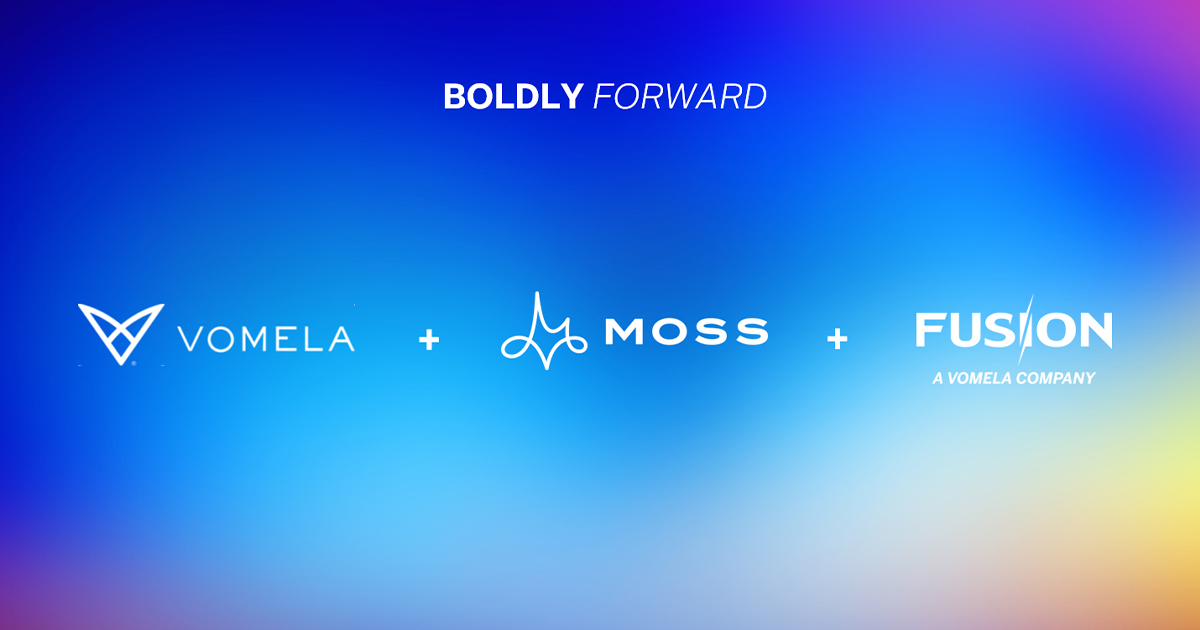
Roundtable Part 5: How To Level Up Your Mailbox Mojo
Expert Strategies to Optimize Direct Mail and Make Every Connection Count

Recently, Jennifer Bellin, CMO of PFL, led a Roundtable on how to transform direct mail programs into memorable moments that bridge the gap between your brand and your audience. (Bellin was a PFL customer at two previous companies, including Paycor, one of companies that took part in the event.) The expert panel shared their experience and tips for using mail to drive engagement across the customer lifecycle and foster lasting connections. The Roundtable transcript has been edited and trimmed for clarity.
We’ve broken this in-depth discussion into five parts:
- How Did It All Start? & Priorities and Goals
- Trends: Meaningful Connections
- Getting Personal
- Measure for Measure
- Acting Mature
The other Roundtable panelists were:
Gretchen Swann, Senior Principal Marketing Program Manager at Paycor, leverages direct mail in a highly automated and scalable way across a number of different use cases and departments.
Rob Willingham, Director of Marketing at LexisNexis, has been leveraging, testing, and refining direct mail campaigns, which target attorneys, for a number of years.
Paul Bobnak, Direct Mail Evangelist at Who's Mailing What, has worked for more than 20 years analyzing thousands of direct mail pieces every year. He is a deep industry expert and creator and host of Meet the Mailers, a podcast series.
PART 5: ACTING MATURE
Bellin: So now let's move to the maturity curve portion of our discussion. At PFL, we are both a marketing technology company and a printing company. We work with customers across the entire direct mail maturity curve, from very basic printing and occasional mailing in stage one, all the way to stage five where programs are highly optimized, automated, and personalized across the entire organization and customer lifecycle. Then in the middle, you have transactional, operational, and programmatic stages.
- Transactional customers, generally work with our Printing for Less team to print and send batch-and-blast mailers via a list without integrating with our platform.
- Operational customers, integrate their Marketing Automation Platform with the PFL Platform to execute recurring programs with basic personalization and metrics.
- Programmatic customers, have multiple ongoing programs across the customer lifecycle. They have triggers in their Marketing Automation Platform that notify PFL when to send mail at just the right moment in the sales cycle. And they are segmenting their audiences and aligning their direct mail programs with digital and other tactics for an omni-channel approach.

Gretchen and Rob, what did your direct mail program look like at the beginning and what does it look like now? How did you move up the maturity curve?
Swann: I definitely walked into a situation where we were doing a lot of things manually. At Paycor, we have definitely worked our way up the maturity curve, but it has taken a while. It doesn’t happen overnight. But we are getting closer to having optimized our programs. As I said, in the beginning, we were just printing items ourselves and shipping them out ourselves. We were also managing all the mail that came back because of bad addresses. Once we partnered with PFL, they were able to help us make it all more scalable, which moved us up that maturity model so we could do more transactional and operational things.
We had gotten to a point where we were able to expand on the programs and start testing what we were doing. Also, we don't typically look at direct mail as its own component anymore. We think about where we can work it into other programs and other channels as an additional touchpoint. That's definitely helped us move up the maturity curve.
Willingham: I really didn't have a background on any of this, so I just walked into a situation where direct mail was a channel that I inherited and that just reps were handling. I happened to find a contract in another part of the company that wasn't being used and I used it to help me execute personalization at scale. That’s how we were able to send a hundred packages and still make it feel personalized. But my advice is, start small, do a pilot first. And pick a specific sales team or a couple reps that are going to be open to trying marketing things, because you're going to need them.
SOME MATURE ADVICE
Bellin: Thanks all. Paul, what kind of advice do you have for people who are starting out and might want to move up the maturity curve?
Bobnak: I love the curve because it really reflects how direct mail has evolved in the last 15 years—this trend towards optimization at every step along the way. Just to echo what Gretchen and Rob have already said, start small, emphasize the basics, and make sure that all your data is correct and optimized the best it can be. Then begin moving out of your silos, become more multichannel, focus on specific audiences in whatever channel they are in. It can be email or other digital channels, as well. And the big one: test everything, measure everything, and then optimize from there.
Bellin: Yes, absolutely. Thank you all so much for your participation today. Here are a few of the many takeaways from our discussion:
- Leveraging your data to segment and personalize your mailings can have a powerful impact on your success.
- It's important to create strong, timely messages and a strong CTA.
- There's significant value in testing and learning as a proof of concept and then again later on to optimize your campaigns.
- And lastly, start with the end in mind to ensure you have the right campaign for the results you want to generate.
And at PFL we can help you with all of this, of course. We have experts and technology that can help you simplify, personalize, drive engagement, and measure results at scale.
Want to learn more? Set up a time to meet.
Previously, Part 4: Measure for Measure



